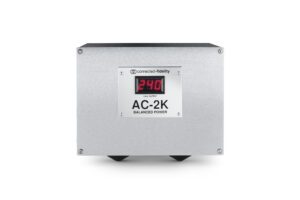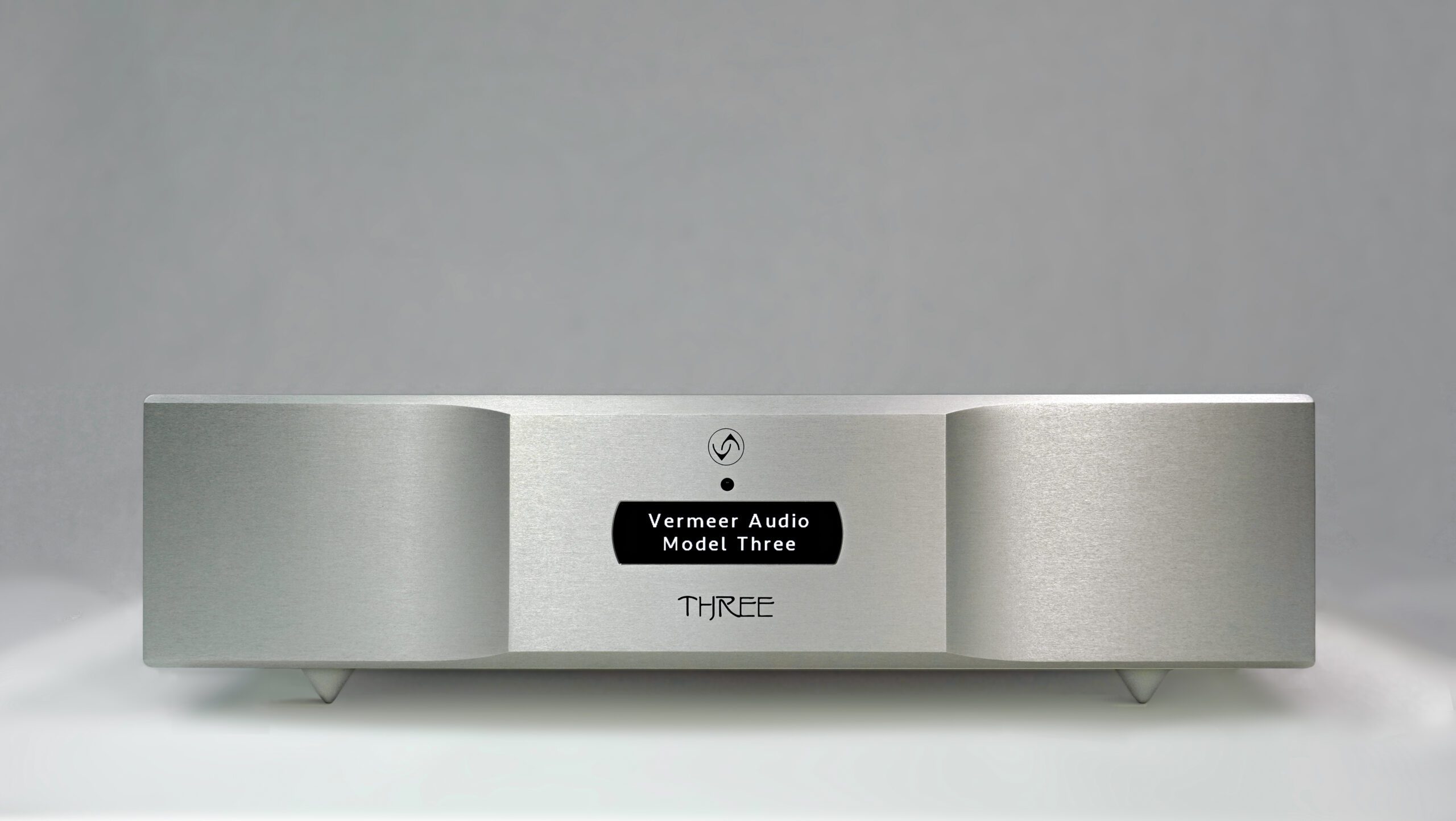
Here, we were enthused about the Vermeer Audio Model TWO. But the Model TWO is a heavy hitter; not everyone needs that kind of firepower in their systems. Perhaps you have a smaller system without the need for analogue inputs. Maybe all you need is a streamer or DAC. And you want these things without compromising quality. Say ‘bonjour’ to the Vermeer Audio Model THREE D streaming DAC!
The Vermeer apple doesn’t fall far from the tree. Much of what went into the Model TWO trickled down to the Model THREE D. This also means the Model THREE D pulls in a great deal from the late, lamented Audio Aero LaFontaine. I’d love to say this conclusion came from painstaking listening, comparing circuits and background research. But I can’t; Vermeer Audio makes this clear on its own site. “The Model THREE D is entirely based on the Model TWO and the components that have made this uncompromising unit a success.”
Lighter case
Like Model TWO, it supports 32bit, 384kHZ PCM audio and DSD128 through its USB and LAN connections. The Vermeer Audio Model THREE D goes up to 24bit, 192kHz and DSD64 on S/PDIF and AES/EBU. The big differences between the two are removing analogue inputs and using a far lighter case.
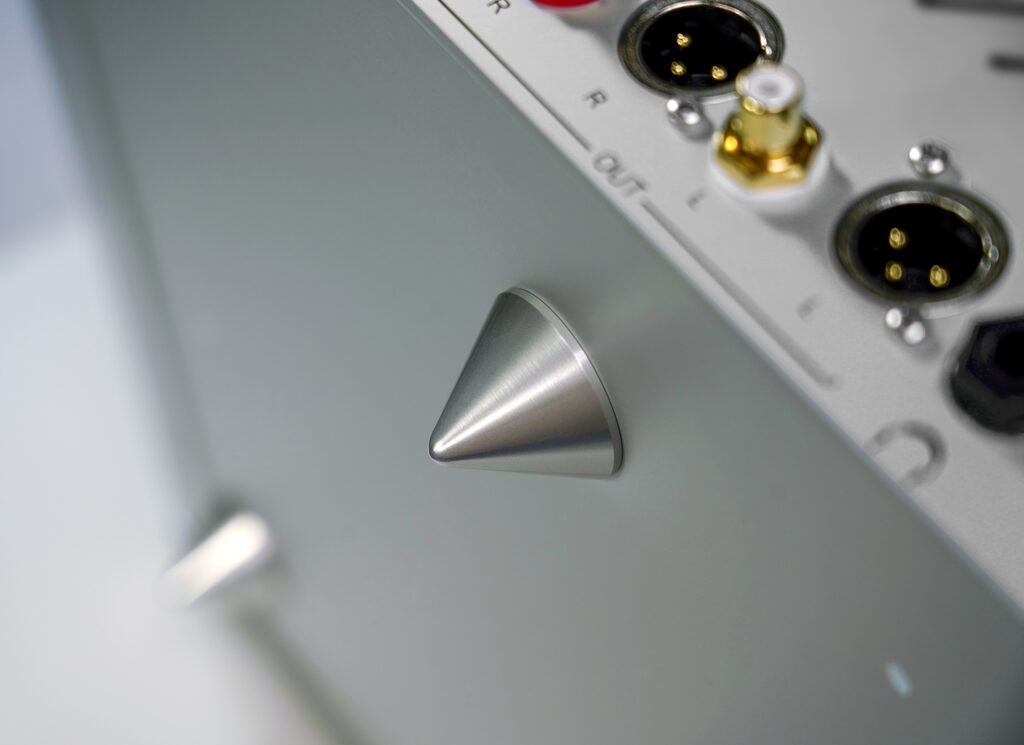
Let’s not underplay that ‘lighter case’, however. It doesn’t mean the DAC is lightweight or that its trio of armour-piercing cones don’t add up to powerful build quality in and of itself. However, unlike Model TWO, anything shy of ‘battleship build’ is found wanting. The difference is you can lift the Model THREE D out of its box without visiting an osteopath.
Having no analogue inputs benefits the Vermeer Audio Model THREE D as it allows full Leedh integration. Leedh processing is an innovative all-digital volume control. It came about because digital audio still suffers from volume controls that degrade the sound signal by modifying its shape.
Circular logic?
A digital volume control’s problem sounds circular but is lost information caused by itself. That lost information is related to modifying the amplitude of a digital datastream, known as ‘truncation’ or even ‘bit chopping’. How this truncation appears to the listener is a drop in low amplitude signal, making the sound appear ‘flat’ and ‘lacking warmth’; some of the baseline general criticisms of ‘digital audio’ often said by analogue music lovers.
What if some of those limitations of digital audio were purely functions of trying to make a no-noise digital volume control? This would go some way to explain the peculiar aspect of high-end audio that while good digital players often have digital volume controls, many audiophiles still prefer passing the signal through an analogue preamplifier. This intrinsically adds noise but is made due to the pragmatic decision that it simply sounds better.
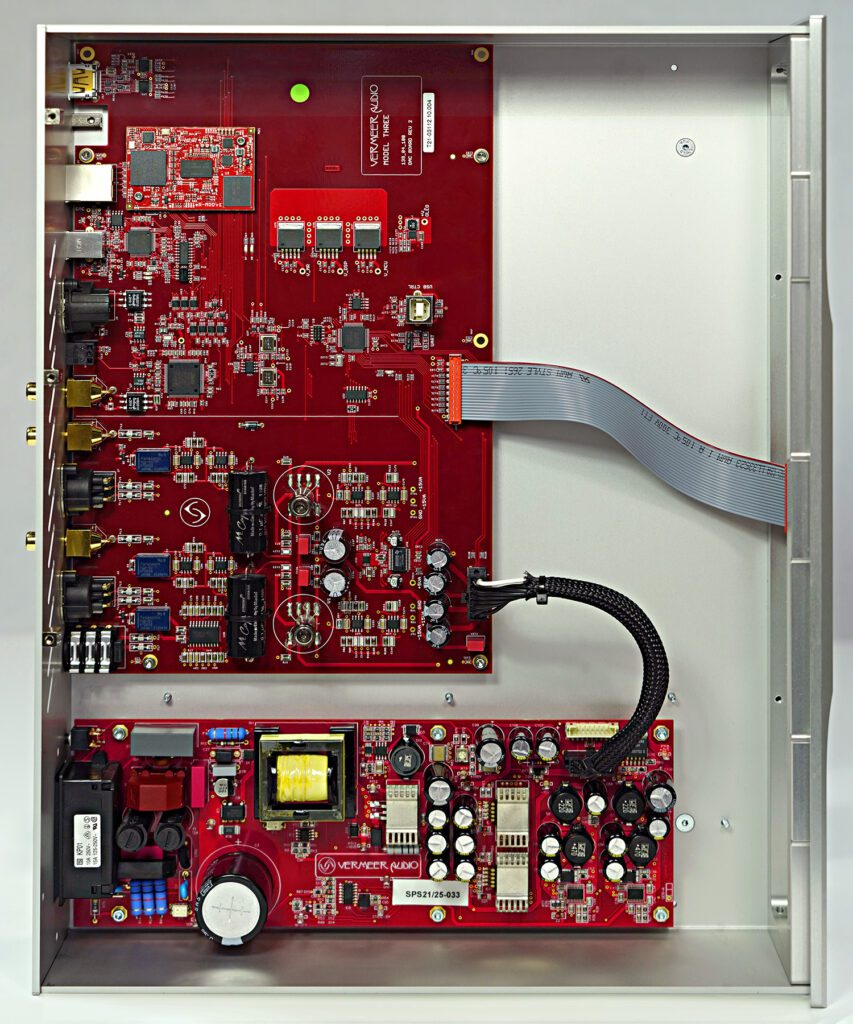
Leedh attempts to address this well-documented problem by creating a volume algorithm to minimise the number of additional bits in a datastream to reduce truncation loss. This is an extraordinarily clever – and extremely complex – way of modifying the amplitude without changing the waveform used by some of the brightest stars in the digital heavens, such as Lumin, Métronome, Soulution… and Vermeer.
Hushed tones
So, why is it Vermeer Audio isn’t spoken of with the same hushed tones people apply when discussing the best of those other Leedh sign-ups? If you told a fellow audio traveller you owned one of those other three names, you’d get a nod of recognition and respect for your discerning choice. Do the same with Vermeer Audio, and you will probably get a ‘who?’ Partly, it’s for all the right reasons; even in an industry with a reputation for a bespoke build, Vermeer Audio’s products are resolutely hand-made. The company is small enough to ensure one engineer can follow a product from inception to final sign-off, testing and aligning precisely along the way. Where other companies of Vermeer’s size usually have one or two people in marketing and sales, it’s all about building the best they can.
In that way, Vermeer Audio operates like Henry Poole & Co. This small Savile Row tailor is famously understated (it doesn’t even have its own label to sew into its garments), yet invented the dinner suit and had Winston Churchill, Napoleon III, and lists numerous Kings, Queens, Emperors and Princes as clients. Personally, I’d take timeless craftsmanship and understatement over flashy and trashy!
Of course, just as a tailor is only as good as its last stitch, so Vermeer Audio relies on the quality of its two products, and the Model THREE D is more than good enough. However, there are a couple of operational ‘quirks’ such as the rear-mounted headphone socket. From an aesthetic perspective, I approve as it makes the front panel’s lines look clean and uncluttered, but from a logistical position, having to reach around the back of the Model THREE D – especially if it isn’t on the top shelf of your system – isn’t the best option.
Decisions, Decisions
I’m wary of going over old ground here, but so much of what applies to the Vermeer Audio Model TWO applies to the performance of the Model THREE D. It uses the same quality boards, substantial PCB tracks and high-grade components. I didn’t have both products to hand, so relying on a long-standing aural memory of fundamentally similar products is difficult. Still, I think the differences in performance are relatively slight. Model TWO mostly adds weight and line inputs… and makes a bigger hole in the bank balance. This is an outstanding achievement for Model THREE D because Model TWO was a stellar digital replay device, and this gets within “a midge’s minim” or “a gnat’s crotchet” (thank you, Humph, and the I’m Sorry I Haven’t A Clue team) of the Big Boy’s performance. In particular, Model THREE D retains that ‘drawing you in’ property that pulls you closer to the music, virtually regardless of file type or musical genre. I found myself listening to a wide range of listening pleasures and enjoying and understanding them perfectly.
Mentioning ‘Clue’ above was for a reason; it’s a deep pool of decades of silly, freely available and readily streamable half-hour slices of fried gold via BBC Sounds, and I found myself chuckling along to some classic early evening stupidity (singing the lyrics of ‘A Whiter Shade of Pale’ to the tune of ‘The Muppet Show’) and double entendre (“Samantha has to nip out now as she’s got a new job working in the sound archive as the manager. It’s her first day, so apparently she’s going to give a speech in the back room and hand jobs out in the office”). Toward the end of his life, former host Humphrey Lyttleton’s voice became a little indistinct. Model THREE D helps bring out enough vocal quality to listen joyously. You feel as if you are part of the audience and even more party to the jokes.
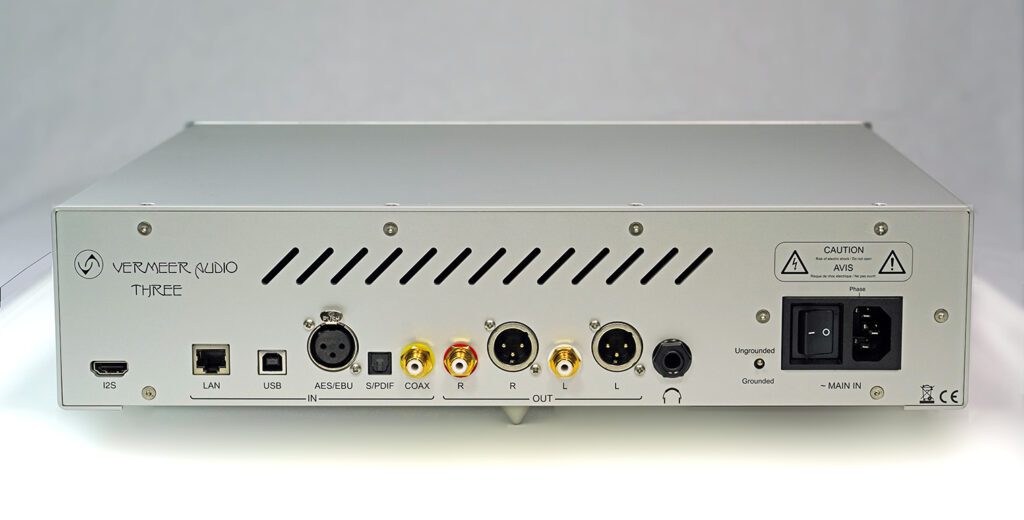
I read through the Model TWO review and did the same thing; I spent time discussing a BBC broadcast. There’s a good reason for this and one that I didn’t necessarily notice the first time around. The Vermeer just stayed on all the time. You play Model THREE D at every opportunity. It accompanies your digital music and makes a very fluid, engaging and attractive sound. This digital replay device is on the full side rather than stark, with an effortless rhythm and plenty of detail. Still, ultimately none of those things is as important as just how many hours you log with the Model THREE D. And this listening during the demise (pronounced ‘dem-EEZ’ instead of ‘de-MIZE’) of the Crown, where all things British went maudlin.
Good times bad times!
There’s only so much of that one can take, and periodically one’s pipes need a good cleanout. Nothing seemed more appropriate than playing all of the first eponymous Led Zeppelin [Atlantic] album from one end to the other, starting with ‘Good Times Bad Times’… and it sounded like it was the first time I had ever heard it. Wow!
THREE D by name, THREE D by nature. The Vermeer Model THREE D produces an extremely holographic soundstage. If that were all, it would probably be enough, but as it follows closely in the footsteps trodden by its bigger brother, at a fraction of the cost and one-third the weight, it’s a hard thing not to love.
Technical specifications
- Digital inputs Asynchronous USB, AES/EBU (XLR), S/PDIF (optical and BNC coaxial)
- Analogue outputs Single-ended RCA, Balanced XLR
- Digital precision to 32bit, 384kHz PCM (using Vermeer Audio resampling module), DSD 64/2.8Mhz
- Output Voltage 2, 3 or 4Vrms in fixed output mode. Up to 7Vrms in variable output mode
- Output Impedance 100Ω
- Signal-to-noise ratio 129dB
- THD < 0.1%
- Dimensions (W×H×D) 450 × 130 × 440mm
- Weight 9kg
- Price £13,995
Manufacturer
Vermeer Audio
Manufacturer
The Audiophile Club
+44 (0) 20 8882 2822
By Alan Sircom
More articles from this authorRead Next From Review
See all
Reiki Audio SuperSwitch Master Pro + Servant Pro
- Mar 27, 2024

Melco Audio N1-S38 music server
- Mar 27, 2024

Focal Utopia 2022 headphones
- Mar 27, 2024









